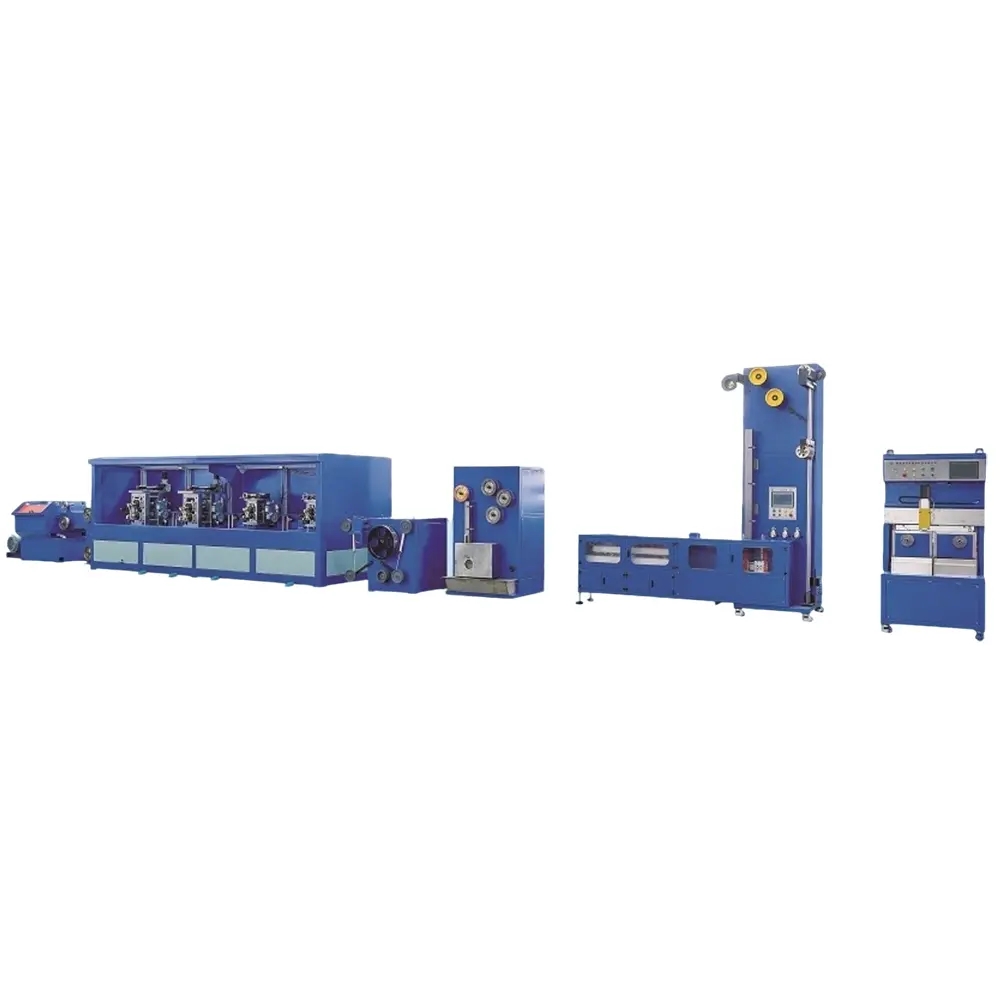- English
- Español
- Português
- русский
- Français
- 日本語
- Deutsch
- tiếng Việt
- Italiano
- Nederlands
- ภาษาไทย
- Polski
- 한국어
- Svenska
- magyar
- Malay
- বাংলা ভাষার
- Dansk
- Suomi
- हिन्दी
- Pilipino
- Türkçe
- Gaeilge
- العربية
- Indonesia
- Norsk
- تمل
- český
- ελληνικά
- український
- Javanese
- فارسی
- தமிழ்
- తెలుగు
- नेपाली
- Burmese
- български
- ລາວ
- Latine
- Қазақша
- Euskal
- Azərbaycan
- Slovenský jazyk
- Македонски
- Lietuvos
- Eesti Keel
- Română
- Slovenski
- मराठी
- Srpski језик
- Esperanto
- Afrikaans
- Català
- שפה עברית
- Cymraeg
- Galego
- Latviešu
- icelandic
- ייִדיש
- беларускі
- Hrvatski
- Kreyòl ayisyen
- Shqiptar
- Malti
- lugha ya Kiswahili
- አማርኛ
- Bosanski
- Frysk
- ភាសាខ្មែរ
- ქართული
- ગુજરાતી
- Hausa
- Кыргыз тили
- ಕನ್ನಡ
- Corsa
- Kurdî
- മലയാളം
- Maori
- Монгол хэл
- Hmong
- IsiXhosa
- Zulu
- Yoruba
- অসমীয়া
- ଓଡିଆ
- Punjabi
- پښتو
- Chichewa
- Samoa
- Sesotho
- සිංහල
- Gàidhlig
- Cebuano
- Somali
- Тоҷикӣ
- O'zbek
- Hawaiian
- سنڌي
- Shinra
- Հայերեն
- Igbo
- Sundanese
- Lëtzebuergesch
- Malagasy
How to ensure the welding accuracy of Photovoltaic Welding Strip Rolling Mill
This question raises the key link in the production of photovoltaic welding strips. The Photovoltaic Welding Strip Rolling Mill mainly ensures the dimensional accuracy and appearance consistency of the welding strips through three core methods: precision hardware design, real-time closed-loop control, and process optimization.
1、 Precision hardware: the fundamental guarantee for precision control
Hardware is the "skeleton" that ensures accuracy, with high-precision design and processing of everything from core components to auxiliary structures.
High hardness and high-precision rolling mill
Roller is a key component that directly contacts metal wire and gives it a cross-sectional shape. It is usually made of tungsten carbide or high-speed steel material, and the surface roughness is controlled below Ra0.1 μ m. Its processing accuracy is extremely high, and the roller surface diameter tolerance and cylindricity error need to be controlled within ± 0.001mm to avoid welding strip size deviation caused by the roller's own error.
Rigid frame and stable transmission system
The frame is made of integral casting or high-strength steel welding to ensure that there will be no deformation due to pressure during the rolling process. At the same time, the transmission system (such as servo motors and ball screws) adopts high-precision components, which can accurately control the speed and pressure reduction of the rolling mill, avoiding rolling instability caused by transmission clearance or vibration.
Precision guidance and positioning mechanism
During the unwinding and rewinding process, pneumatic or servo guidance devices are equipped to ensure that the metal wire always enters along the center axis of the rolling mill, avoiding uneven welding strip width or edge burrs caused by wire offset.

2、 Real time closed-loop control: dynamically correcting accuracy deviation
The linkage between sensors and control systems enables real-time monitoring and correction of errors during the rolling process, which is the "brain" that ensures accuracy.
Online thickness/width detection and feedback
Laser thickness gauge and optical width gauge are installed at the exit of the rolling mill, which can collect thickness and width data of the welding strip dozens of times per second. If the size exceeds the tolerance range, the control system will immediately adjust the roll pressing amount (thickness deviation) or guide position (width deviation) to achieve dynamic correction.
Constant tension control
Throughout the entire process from unwinding to rewinding, the tension of the wire is monitored in real-time by a tension sensor, and the unwinding and rewinding speeds are adjusted by a servo system to ensure stable tension (usually controlled within ± 5N). Tension fluctuations can cause the welding strip to stretch or compress, directly affecting dimensional accuracy. Constant tension control can effectively avoid this problem.
Temperature compensation control
During the rolling process, friction between the rolling mill and the wire rod generates heat, which may cause thermal expansion and contraction of the rolling mill, thereby affecting the size of the welded strip. Some high-end rolling mills are equipped with temperature sensors and cooling systems to monitor the temperature of the rolling mill in real time and adjust the amount of cooling water to compensate for accuracy deviations caused by temperature changes.
3、 Process optimization: Adapt to different material and specification requirements
By optimizing process parameters for different solder strip materials (such as tin plated copper, pure copper) and specifications (such as 0.15mm × 2.0mm, 0.2mm × 3.5mm), the accuracy stability is further improved.
Multi pass rolling distribution
For thicker raw wire materials, they will not be rolled directly to the target thickness through a single pass, but will be gradually thinned in 2-4 passes. Set a reasonable reduction amount for each pass (such as reducing by 30% -40% in the first pass and gradually decreasing in subsequent passes) to avoid uneven deformation of the wire or damage to the rolling mill caused by excessive rolling pressure in a single pass.
Surface treatment and lubrication of rolling mill
Select the appropriate rolling mill surface treatment process (such as chrome plating, nitriding) based on the wire material, and match it with specialized rolling lubricating oil. Good lubrication can reduce the friction coefficient, avoid scratches on the surface of the wire, reduce the wear rate of the rolling mill, and extend its accuracy maintenance period.



